Road Trips by a Family of Four – Grandparents, Mom, Teenage Daughter
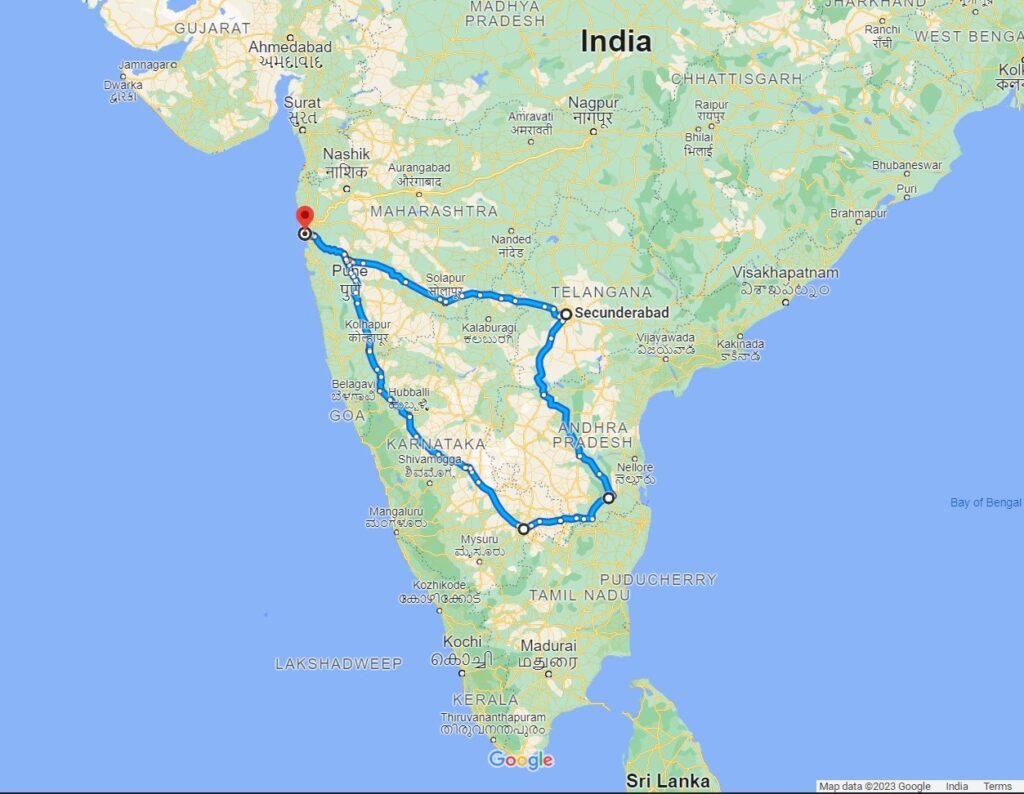
Our road trips usually begin on a Saturday. So, on 17th December 2016, we set out at 4:30am on our 8-day road trip to Tirupati and Secunderabad. Amma had wanted to visit Tirumala for long, and as we had cousins in Secunderabad, we decided to also spend a couple of days with them and show my daughter the sights. The 2550km trip included Bangalore, Tirupati, Kalahasti, Tirumala, Nagarjuna Sagar and Secunderabad.
Road Trip No. 3 – Detailed Schedule
We decided to drive straight to Bangalore as, in the previous trip, we had found the roads in the South to be excellent. We stopped on the way for breakfast and lunch and reached our hotel, K R Inn, Krishnarajapuram, on NH75 late in the evening. The ride had been smooth and we reached without incident.
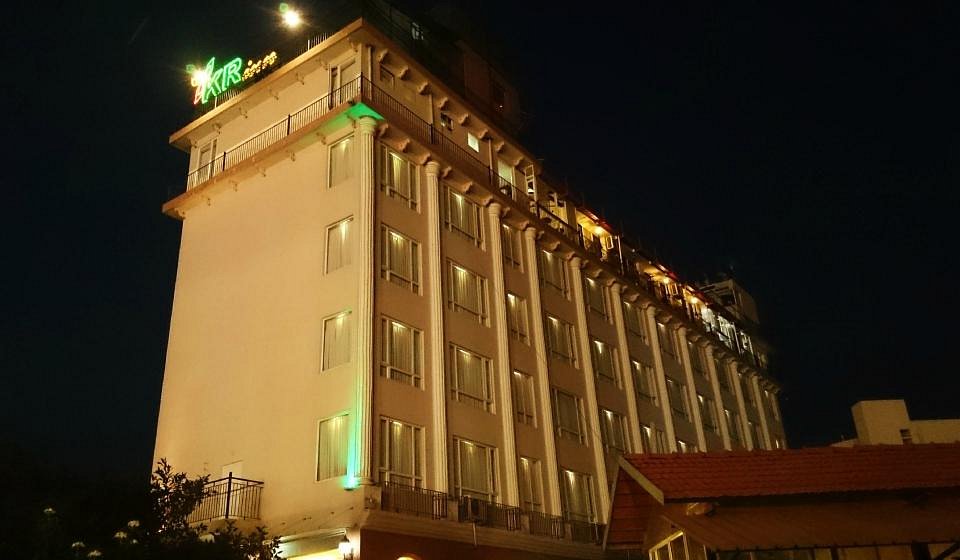
KR Inn was a small, conveniently-located hotel on the highway leading to Tirupati and the next morning, after breakfast at 8:30am we departed on the 3 ½ hour 235km drive, the next leg of our journey. Beautiful roads. The soil around us was a rich, deep red in colour, fertile loam which, under irrigation produced rice, sugarcane, cotton, pepper, mango, and tobacco, the main produce of Andhra Pradesh. We passed the Tirupati airport and entered the lovely city at around 1:30pm. We were booked at ASR Guest House, a family-run place, that provided comfortable, spotlessly clean rooms and great service, including procuring meals of our choice from nearby restaurants. We had adjacent rooms and were very happy with the place.
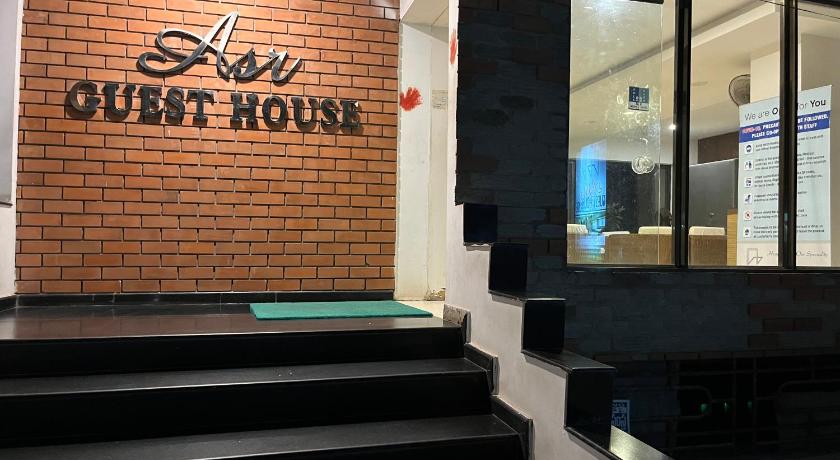
After lunch, we dressed in traditional clothes and drove 35kms to Srikalahasti, a municipality in the district of Tirupati. The Srikalahasteerswara temple was where the presiding deity Lord Shiva was worshipped as Vayu or wind. This was the only temple in India which remained open during solar and lunar eclipses and was famous for the Rahu-Kethu pooja, believed to ward off the ill-effects of the shadow planets. After surrendering our phones and cameras at the entrance, we prayed within. We sat with the priest and Appa performed a pooja and archanai for the benefit of the whole family. The priest explained in detail the sequence of the pooja to us. Deeply content, Amma and Appa walked us through the temple and we prayed at all the important shrines.
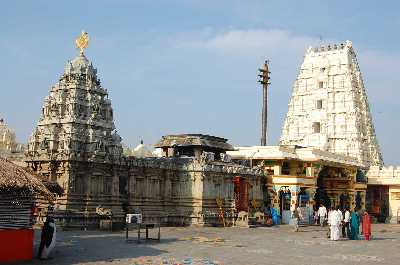
We then drove to the Padmavati temple nearby. The story goes that she was the lady Lord Venkatesha fell in love with and married while he was in search of his consort Goddess Lakshmi, who had left him after a tiff. After a good darshan, we drove back to our guest house in Tirupati for a late dinner and bed.
The next morning at around 6:30am we left for Tirumala. The roads from Tirupati to Tirumala and back were two asphalt-covered, steep, natural-slope ghat roads in the Seshachalam Hills range. The roads were 2-lane and followed different paths along the hills, facilitating efficient movement of vehicles. The New Ghat Road was used for vehicles from Tirupati to Tirumala and the Old Ghat Road from Tirumala to Tirupati. On the road to Tirumala was the Sapthagiri Security Zone cum Toll gate that screened vehicles and pilgrims entering Tirumala, with date and time, to safeguard the hills. Each ghat road was approximately 19 km in length and had more than 36 hair pin bends. It took 40 minutes to reach the temple at the top. Should the vehicle reach Tirumala in less than 40 minutes (they tracked the entry time of the vehicle at both places), it would not be allowed in as it was assumed to have been speeding. We were very, very impressed by the superb organisation and the efficiency of the system. It was visible throughout our visit in Tirumala. There were brilliant, technological and administrative minds at work there and they had done a fantastic job, putting in place systems to smoothly and securely manage around 60,000 visitors per day. Remarkable feat!
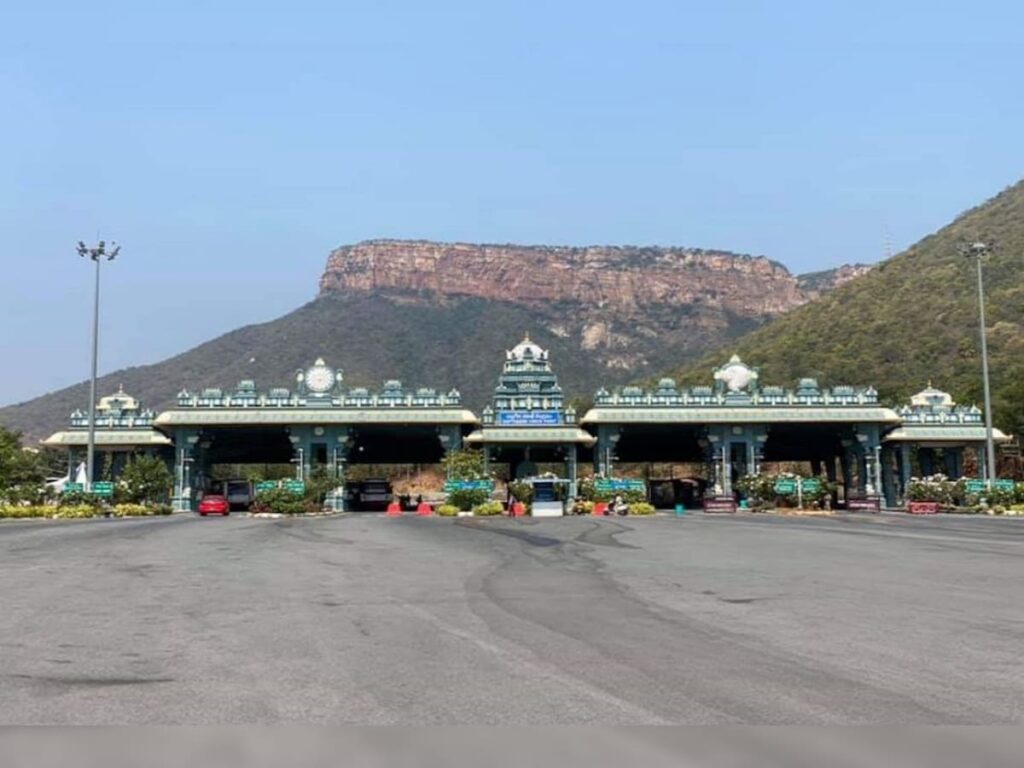
After crossing the toll gate, we saw a lovely temple for Ganesha to our left. We immediately stopped and prayed at the temple to our favourite God. I had, a few weeks before our trip, booked tickets online for special darshans: a common one for all of us and one for senior citizens, Amma and Appa. The first thing we did on reaching Tirumala and parking our car was to get into the Senior Citizens queue. Amma, Appa and my 10-year-old were allowed in the queue and I wandered to the exit point to wait for them. They were given warm milk and breakfast while waiting in queue and we were very grateful for this gesture, as they had had only a cup of coffee that morning. After about 45 minutes, they exited out of the shrine. I had, in the meanwhile, bought some laddoo coupons at the counter. Amma said they had also been given coupons for laddoos. Nice! We then went to the special darshan queue (as I had yet to enter the temple!). This was terribly long and we waited for almost 2 hours in caged enclosures before reaching the sanctum. I am not religious, but the sight of the Lord Venkatesha statue, tall, black, with eyes covered, in all its glory, moved me and we all felt his divine presence there. Fortunately, we could stand in front of him without interruption for a whole 5 minutes.
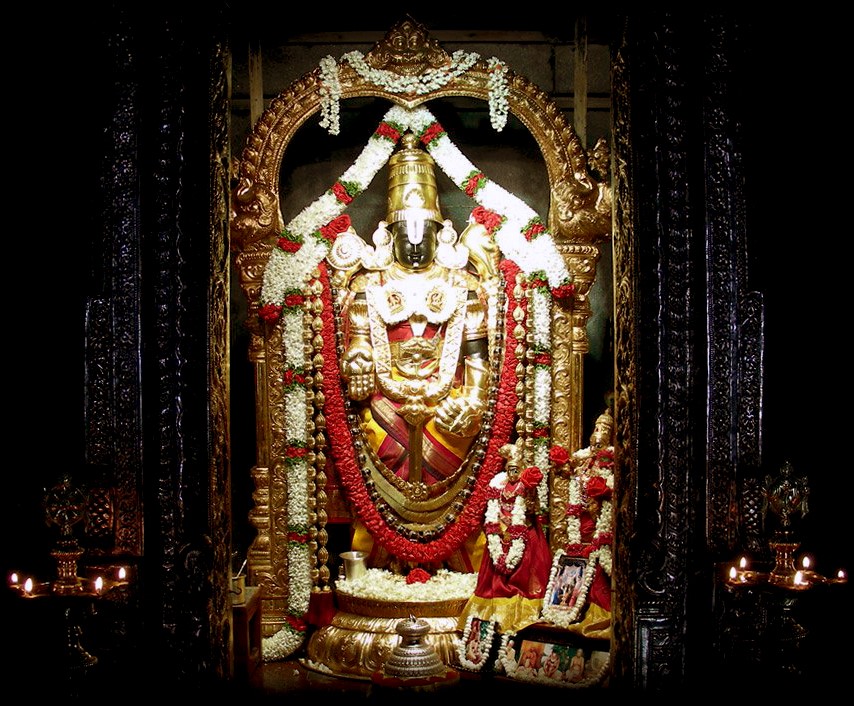
We collected our laddoos and walked around looking for a place to lunch at, when we saw the Mathrusri Tarigonda Vengamamba Nithya Annaprasadam Complex, where they served free meals to all devotees. Famished, we sat at long, clean, steel tables and were served a tasty menu of chakkara pongal, chutney, rice, sambar and rasam on dried and sewn leaves and a glass of buttermilk. We then left to find our car and driver and drove back to our guest house at Tirupati. Early dinner and bed followed.
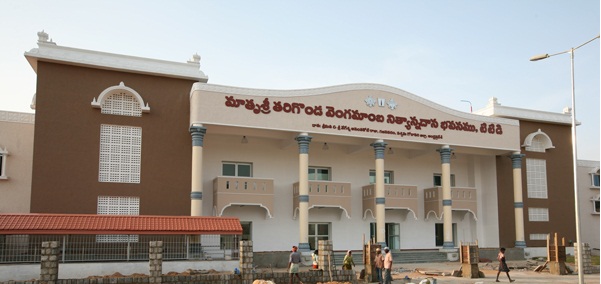
We left Tirupati at 5am the next morning, meaning to cover 600kms to Secunderabad in 12 hours. We wanted to stop enroute to see the Nagarjuna Sagar dam too. Hungry for some breakfast after 5 hours on the road, we saw signboards of a restaurant near the Tangutur toll gate near Ongole. We paid the toll but couldn’t see the restaurant anywhere. We were moving ahead reluctantly when our driver suddenly gave a shout and parked the car on the left. The restaurant, N5 Food Plaza, with huge glass windows, was ABOVE the toll naka! Surprised and delighted we tumbled out, took the lift up, used the washroom service and settled for a wonderful buffet breakfast.
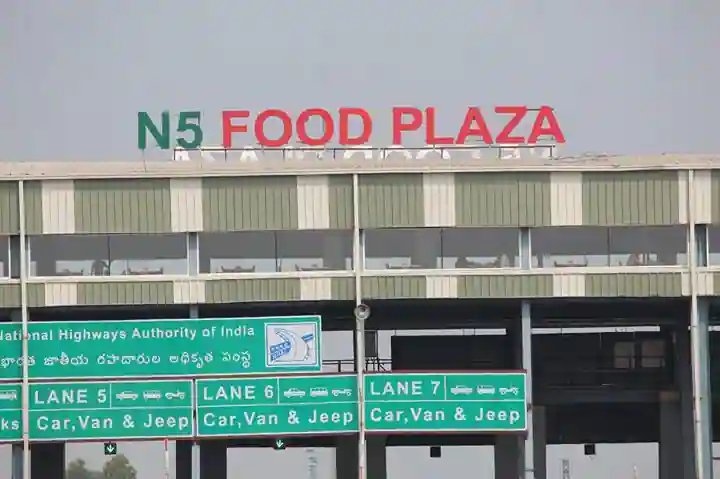
The Nagarjuna Sagar dam was a masonary dam in Nagarjuna Sagar on the border between Telangana and Andhra Pradesh and was built across the river Krishna. We wound our way through a small village to reach the dam. There were benches laid out under shady trees and we sat looking at the massive dam and the low river. The Krishna looked more like a stream that day and the riverbed, dry. Even then the sight was impressive and my 10-year-old took it all in with wide eyes.
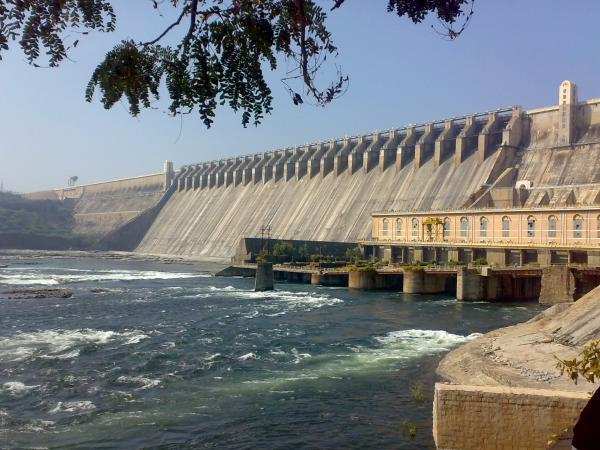
We reached my cousin’s place in Secunderabad in the evening and spent two wonderful days with him and his family. We were meeting after many years. My daughter became great friends with Toby, their daschund. The morning after our arrival, we visited the Salar Jung museum in Hyderabad. Originally a private art collection of the Salar Jung family, it was converted into a national museum later. We moved from room to room viewing the collection of sculptures, paintings, carvings, textiles, manuscripts, ceramics, metallic artifacts, carpets and furniture from different parts of the world. We waited for the little cuckoo to call out the hour, from the lovely wooden clock, to the fascination of my daughter. However, what she liked best was the wooden double-sculpture of Mephistopheles and Margaretta, from Goethe’s play, Faust. It was Amma’s favourite too.
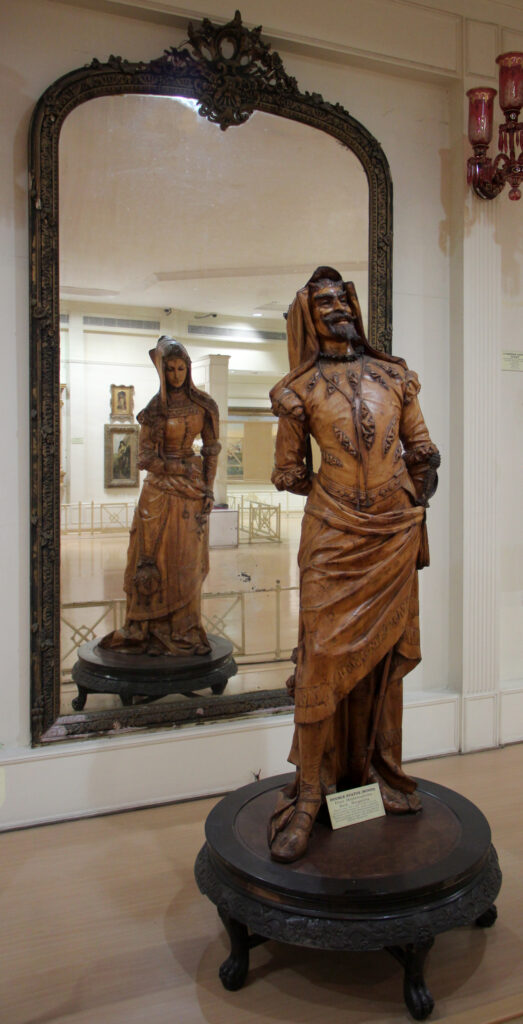
We proceeded to the Golconda Fort after lunch. Built by Kakatiya ruler Pratāparud with mud walls in the 11th century, it was later fortified and made the capital of the Golconda Sultanate. Golconda flourished as a trade centre of large diamonds known as Golconda Diamonds because of its proximity to the Kollur diamond mines. One of its famous diamonds, the Koh-i-noor, is now under the custody of the British. Amma and Appa climbed the 360 stone steps with us to reach the top of the fort. Bravehearts! My daughter was very impressed when the guide demonstrated that the sound of a hand clap from a certain point at the entrance of the fort could be heard right at the top, almost a kilometer away, warning of imminent danger. Fantastic acoustic effect! There was also a 500kg stone resting in the garden to test one’s strength. The guide informed us that those who could lift it were permitted to join the Sultan’s army! We stayed on for the sound and light show after which we headed back home to dinner and bed.
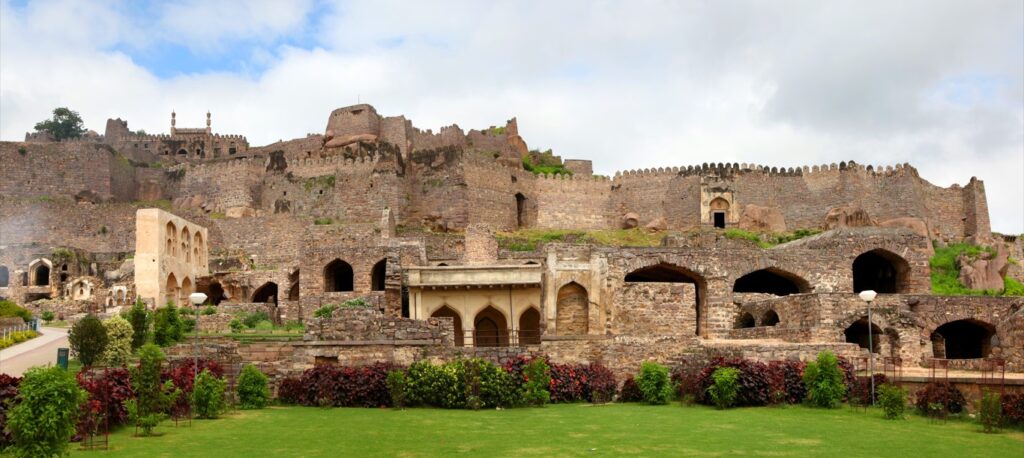
Amma and Appa wanted to relax, so my daughter and I left for the beautiful Charminar the next morning. The lovely mosque and monument was located in the midst of a busy bazar, and after climbing right up to the top of the minar, we came down and shopped for bangles for my daughter and her friends. The rest of the day was spent with the family, shopping for the famous Hyderabad pearls, visiting the Chilkur Balaji temple and spending time at home with all our loved ones.
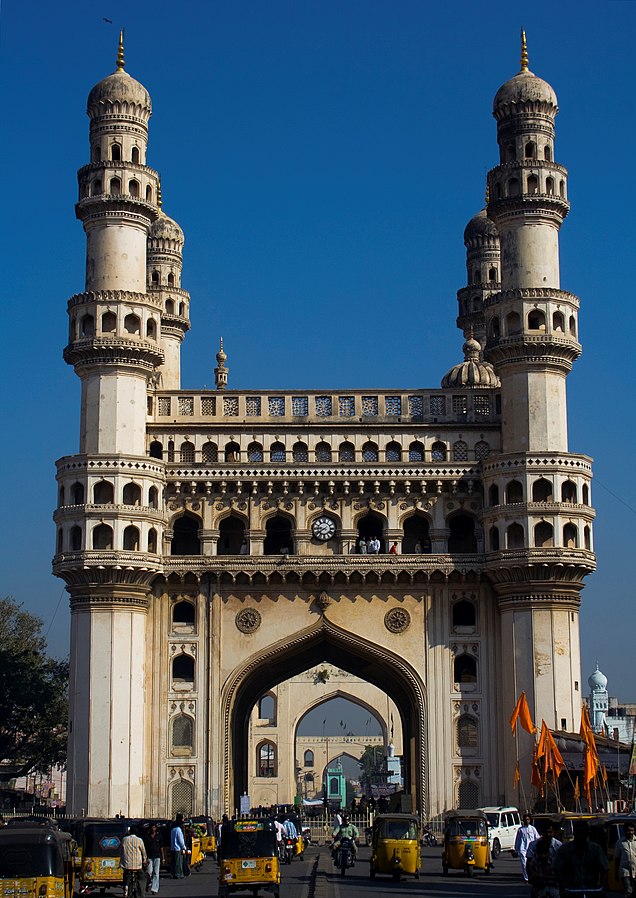
The next morning, day 8 of our trip, we left for our home in Mumbai, grateful for all we had seen and experienced. As always, Appa went to the temple and broke a coconut for Ganesha in gratitude.
Leave a Reply